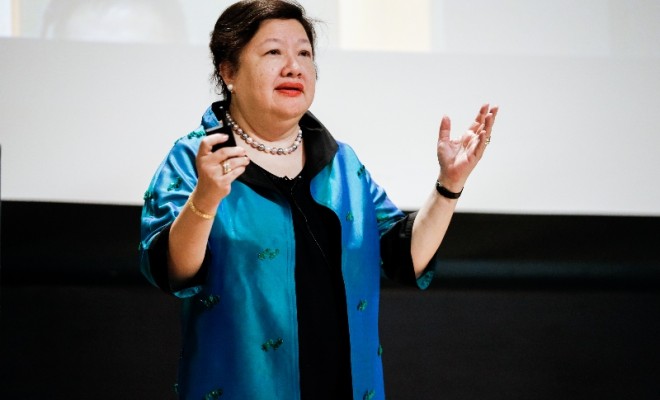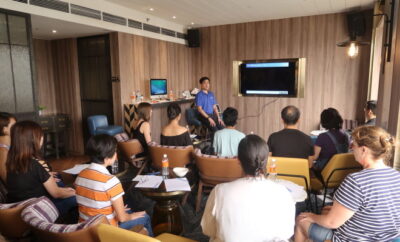
Insights + interviews
Workplace redesign, continual learning and automation to drive changes at work
Mildred Tan, Managing Director of Ernst & Young Advisory, speaks to The Active Age about trends relating to an active ageing workforce as well as the skill sets that might be required in the workplace
The Active Age (AA): Can you share the top 2-3 trends that an ageing workforce will impact in the next 5- 10 years?
Mildred Tan (MT): With an ageing workforce, one of the developments is the need for continual learning for the older workers, to enrich and educate them so that they can contribute effectively in their role.
By 2020, the millennials and Generation Z will comprise more than half the workforce. These younger individuals have grown up in a connected, collaborative and mobile environment, and their attitudes and expectations will have a major impact on how work is organised.
New work patterns and the focus on outcomes rather than process will mean that the older workforce will need to learn to be more agile and flexible in how they work and collaborate with their colleagues.
Another development is workplace redesign to suit diverse needs. This covers work hours, culture, policies, workplace environment and job function, so that employees, regardless their age, gender and lifestyle, can thrive. This is already taking place as many organisations are leveraging technology to create high-performing workplaces and enable fluid working patterns.
AA: Would technology and automation improve and enable the workforce to better utilise their time and resources or make obsolete more jobs?
MT; There will certainly be jobs that will be obsolete in the future due to technology. Economists have predicted that as much as 47 percent of occupations in advanced economies we know today are at high risk of being automated in the next 20 years.
For example, telex was a standard feature in offices decades ago, and telex operators were hired to send and receive messages. Today, there are few telex operators around as telex is superseded by emails, which provide a more timely and efficient mode of business communication.
Similarly, people used to book their air tickets through a travel agent. Today, we do so online, and can choose our seats and indicate our meal preference at the same time.
While automation has traditionally impacted blue-collar jobs, it will increasingly target white-collar jobs as well. However, this is not necessarily a bad thing – as jobs disappear, many more will evolve and new ones will appear as well.
AA: What skill sets look to become increasingly important or critical in the next 5 – 10 year window?
MT: Currently, the worldwide competition for qualified talent is at its highest level since the pre-recession period. Employers in a majority of the 31 countries covered by the Hays Global Skills Index had more difficulty hiring talent in 2014 than 2013.
The situation is particularly acute when trying to find employees skilled in science, technology, engineering and mathematics. These skill set will continue to be in demand over the next 5-10 years.
Beyond that, soft skills, specifically “mindfulness”, will be vital for the future workforce. This includes having social intelligence, adaptive thinking, cross-cultural competency, new media literacy and transdisciplinary capability, as well as resilience.
On the other hand, from a business perspective, leaders must also be prepared and future-proof their organizations to deal with the rapidly evolving landscape, and programs such as the Future Leaders Summit will provide an avenue for corporate executives to exchange viewpoints and understand latest trends.
(Photo credit: NTUC)









